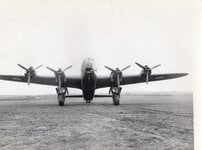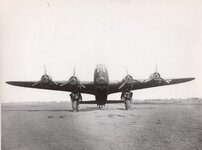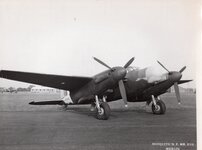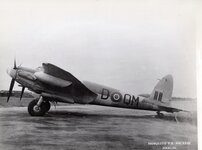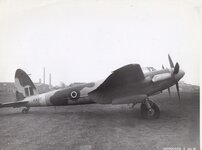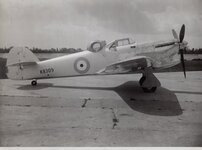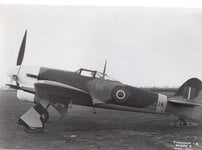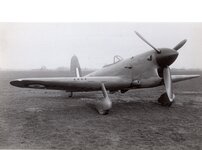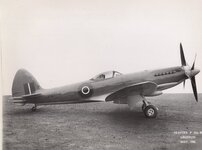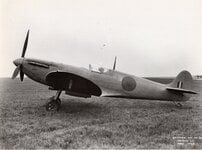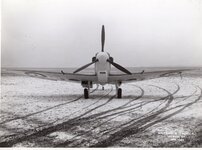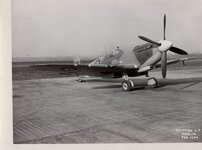- Thread starter
- #41
another twenty.
Attachments
-
 img791.jpg1.4 MB · Views: 131
img791.jpg1.4 MB · Views: 131 -
 img792.jpg1.6 MB · Views: 129
img792.jpg1.6 MB · Views: 129 -
 img793.jpg1.4 MB · Views: 117
img793.jpg1.4 MB · Views: 117 -
 img794.jpg1.9 MB · Views: 122
img794.jpg1.9 MB · Views: 122 -
 img795.jpg1.9 MB · Views: 121
img795.jpg1.9 MB · Views: 121 -
 img796.jpg1.5 MB · Views: 119
img796.jpg1.5 MB · Views: 119 -
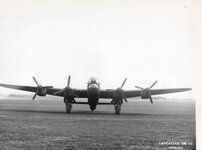 img797.jpg1.4 MB · Views: 114
img797.jpg1.4 MB · Views: 114 -
 img798.jpg1.2 MB · Views: 126
img798.jpg1.2 MB · Views: 126 -
 img799.jpg1.1 MB · Views: 115
img799.jpg1.1 MB · Views: 115 -
 img800.jpg1.1 MB · Views: 117
img800.jpg1.1 MB · Views: 117 -
 img801.jpg1.3 MB · Views: 112
img801.jpg1.3 MB · Views: 112 -
 img802.jpg1 MB · Views: 122
img802.jpg1 MB · Views: 122 -
 img803.jpg1.3 MB · Views: 130
img803.jpg1.3 MB · Views: 130 -
 img804.jpg1.6 MB · Views: 122
img804.jpg1.6 MB · Views: 122 -
 img805.jpg1,022.9 KB · Views: 121
img805.jpg1,022.9 KB · Views: 121 -
 img806.jpg1.5 MB · Views: 177
img806.jpg1.5 MB · Views: 177 -
 img807.jpg1.5 MB · Views: 159
img807.jpg1.5 MB · Views: 159 -
 img808.jpg1.5 MB · Views: 179
img808.jpg1.5 MB · Views: 179 -
 img809.jpg1.2 MB · Views: 138
img809.jpg1.2 MB · Views: 138 -
 img810.jpg1.2 MB · Views: 140
img810.jpg1.2 MB · Views: 140





